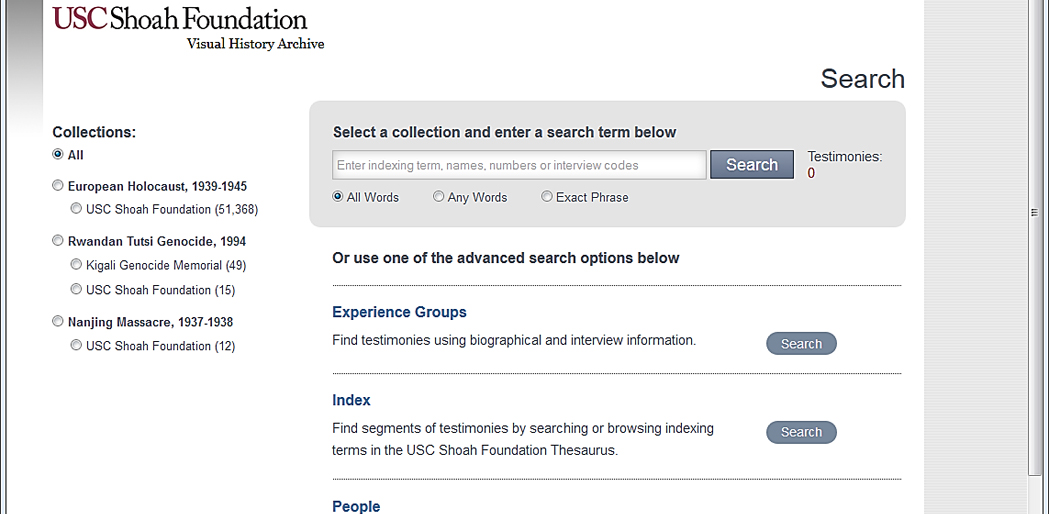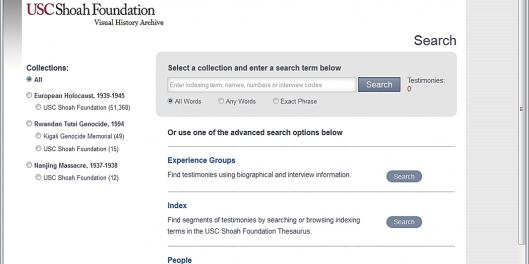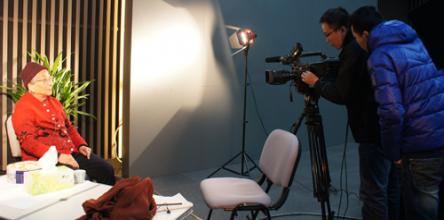Nanjing Massacre Collection Integrated into Visual History Archive


USC Shoah Foundation’s newest testimony collection, the Nanjing Massacre, is now fully integrated and viewable in the Visual History Archive.
USC Shoah Foundation partnered with the Nanjing Massacre Memorial Hall to preserve the testimonies of the last survivors of the 1937 Nanjing Massacre, also known as the Rape of Nanjing, in which 300,000 civilians and unarmed soldiers were killed over the course of two months.
Testimonies in the new Nanjing collection seek to establish full-life histories of the individuals, including their social and cultural life before and after the Nanjing Massacre. The collection contains 12 testimonies, all conducted in China in Mandarin – bringing the total number of countries represented in the Visual History Archive to 58 and languages to 34.
These testimonies add new perspectives and knowledge to the history of the Nanjing Massacre. The interview procedure was informed by the Institute’s experience in having gathered testimony from nearly 52,000 survivors and witnesses of the Holocaust, and survivors and witnesses to both the Cambodian and Rwandan Tutsi genocides.
 The Nanjing Collection is the second non-Holocaust collection to be fully integrated into the Visual History Archive. The Rwandan Tutsi Genocide Collection was integrated in spring 2013.
The Nanjing Collection is the second non-Holocaust collection to be fully integrated into the Visual History Archive. The Rwandan Tutsi Genocide Collection was integrated in spring 2013.
This new collection is additive to the existing collections of the Nanjing Massacre Memorial Hall, which currently holds around 4,000 testimonies collected mainly in a written form over the last twenty years, as well as a smaller number of audio-visual testimonies that were filmed in the 1990s.
The Nanjing Massacre Memorial Hall will play an essential role throughout its international collaboration with USC Shoah Foundation, from survivor outreach to providing their expertise in supporting the interview methodology and process – acting as the crucial link to the Nanjing survivor community and providing expertise in this historical chapter.
A local team, whose services were donated by Beijing-based Long Legacy International Communications, a company specializing in large-scale events, filmed the testimonies. A staff researcher of the Nanjing Massacre Memorial Hall conducted the interviews. The Siezen Foundation has provided funding for the Nanjing collection.
With approximately 200 survivors alive today, the need to preserve a significant collection of comprehensive video testimonies has become urgent. The goal is to record up to 100 testimonies with survivors, scholars and experts on video for the Visual History Archive. In addition to being available through the Visual History Archive, the Nanjing Massacre Memorial Hall will receive a full copy of the completed collection.